The electric vehicle (EV) revolution is accelerating, and with it comes the need for innovative solutions to address one of the biggest concerns for potential buyers: charging time. NIO, the Chinese EV manufacturer, has been at the forefront of tackling this issue with its battery swap stations. The latest iteration, NIO Power Swap Station 3.0, promises a full battery swap in just five minutes—a feat that could redefine convenience for EV owners. But as impressive as this technology is, the question remains: Is this business model sustainable in the long run?
NIO’s battery swap model is not entirely new, but its execution has been refined over the years. The concept is simple: instead of waiting for a battery to charge, drivers pull into a station where an automated system removes the depleted battery and replaces it with a fully charged one in minutes. This eliminates the downtime associated with traditional charging, making it an attractive alternative for busy commuters and commercial fleets alike. The 3.0 version, unveiled recently, boasts increased efficiency, higher capacity, and improved user experience.
From a consumer perspective, the benefits are clear. Five minutes is comparable to the time it takes to refuel a conventional gasoline car, effectively removing one of the last remaining hurdles to mass EV adoption. For urban drivers with limited access to home charging or those on long road trips, the ability to swap batteries quickly could be a game-changer. NIO has also integrated its swap stations with its broader ecosystem, including mobile apps for reservations and real-time station availability, further enhancing convenience.
However, the sustainability of this model hinges on several factors. First, there’s the cost. Building and maintaining a network of swap stations requires significant capital investment. Each station is estimated to cost hundreds of thousands of dollars, and NIO plans to deploy thousands of them across China and eventually overseas. The company has been investing heavily in infrastructure, but profitability remains a challenge. Unlike charging stations, which can serve multiple brands, NIO’s swap stations are exclusive to its vehicles, limiting their revenue potential.
Another critical factor is battery standardization. NIO’s swap stations only work with its proprietary battery designs, which means other EV manufacturers cannot use them without adopting NIO’s specifications. This lack of interoperability could hinder widespread adoption unless other automakers collaborate or regulators push for standardization. In contrast, charging stations are largely universal, accommodating a wide range of EVs with minimal compatibility issues.
Then there’s the question of battery ownership. NIO offers buyers the option to purchase their vehicles without the battery, leasing it instead through a subscription model. This reduces the upfront cost of the car but ties the customer to NIO’s ecosystem. While this approach lowers the barrier to entry, it also means recurring costs for the consumer and potential lock-in effects. If competitors offer more flexible options, NIO could face resistance from cost-conscious buyers.
Despite these challenges, NIO’s strategy has its merits. The company is betting on a future where battery swapping becomes a mainstream solution, especially in densely populated areas where charging infrastructure is strained. By controlling both the vehicles and the swap stations, NIO can ensure a seamless experience for its customers, fostering brand loyalty. The data collected from swap stations could also provide valuable insights into battery health, usage patterns, and demand forecasting, enabling more efficient operations.
Moreover, NIO is not alone in exploring battery swapping. Other players, including Tesla—which experimented with the concept years ago—and startups like Ample are also investing in similar technologies. In China, where government policies strongly support EV adoption, NIO has a favorable environment to scale its operations. Partnerships with state-owned energy companies could further reduce costs and accelerate deployment.
Yet, the road ahead is uncertain. The EV market is highly competitive, and technological advancements in fast-charging could diminish the appeal of battery swapping. If next-generation chargers can deliver comparable speeds without the need for specialized infrastructure, NIO’s model may struggle to justify its high costs. Consumer preferences will also play a role. While some may prioritize speed and convenience, others might prefer the simplicity of plug-in charging at home or work.
In the end, NIO’s battery swap stations represent a bold experiment in reimagining EV infrastructure. The 3.0 version’s five-minute swap is undeniably impressive, but whether it can scale profitably remains to be seen. The company’s ability to navigate the challenges of cost, standardization, and competition will determine if this innovative approach becomes a lasting fixture in the EV landscape or a footnote in the industry’s evolution.
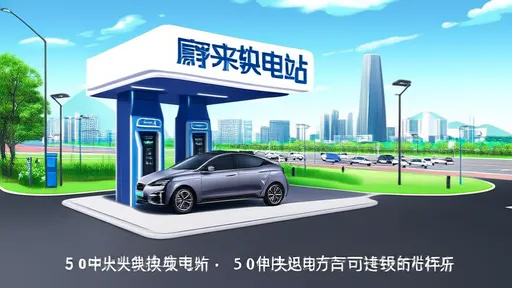
By /Jun 14, 2025

By /Jun 14, 2025
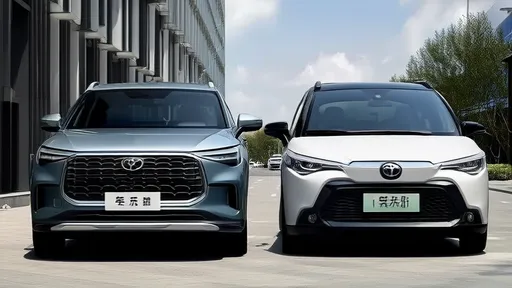
By /Jun 14, 2025
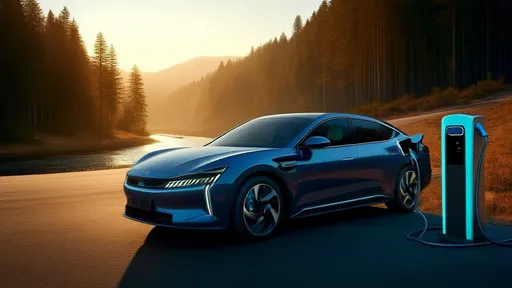
By /Jun 14, 2025

By /Jun 14, 2025
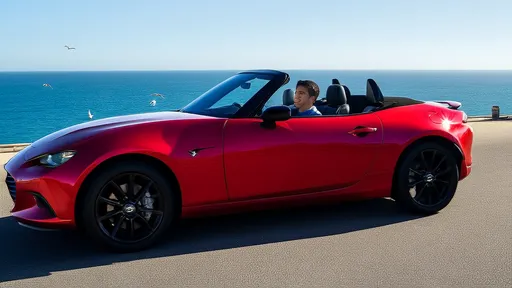
By /Jun 14, 2025

By /Jun 14, 2025

By /Jun 14, 2025
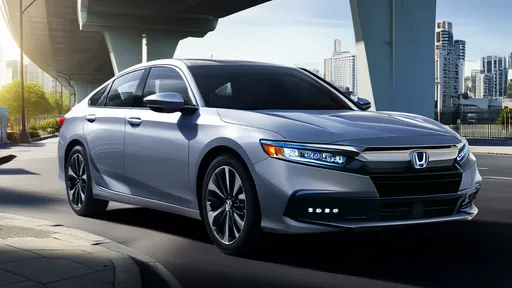
By /Jun 14, 2025

By /Jun 14, 2025
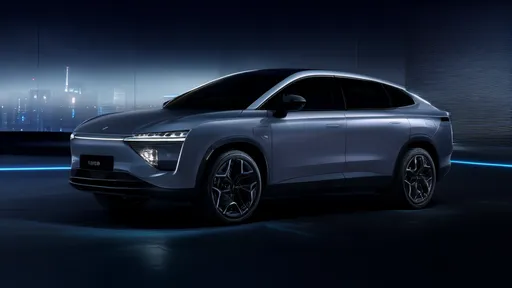
By /Jun 14, 2025
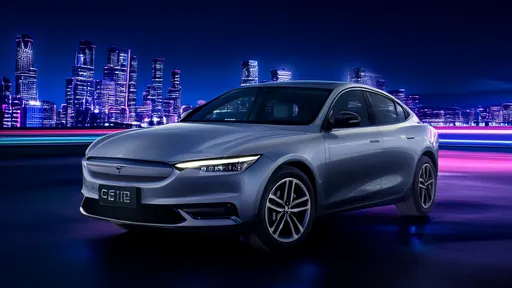
By /Jun 14, 2025

By /Jun 14, 2025
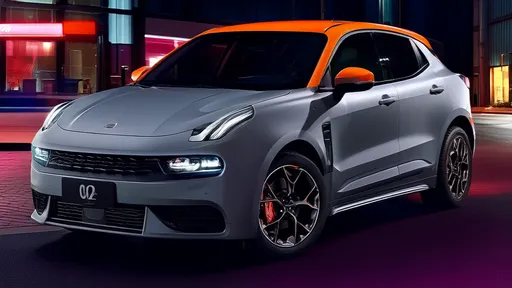
By /Jun 14, 2025
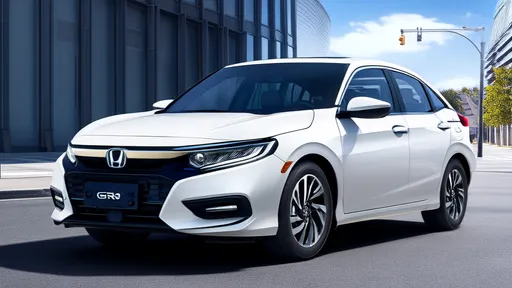
By /Jun 14, 2025
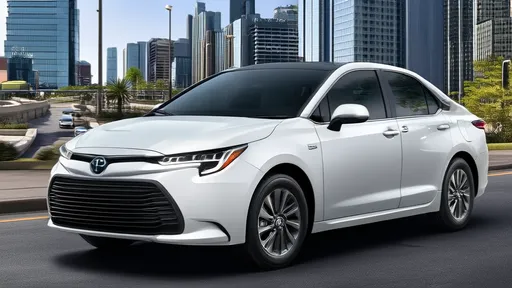
By /Jun 14, 2025
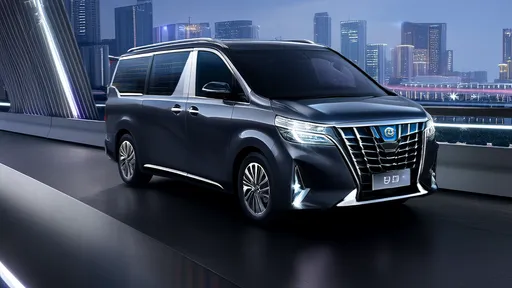
By /Jun 14, 2025
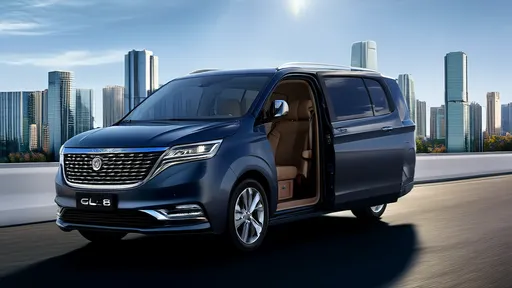
By /Jun 14, 2025

By /Jun 14, 2025
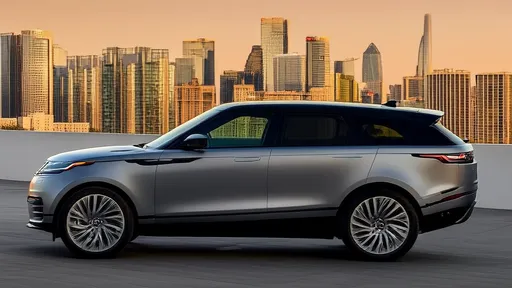
By /Jun 14, 2025